Environmental Impact of Electric Vehicles
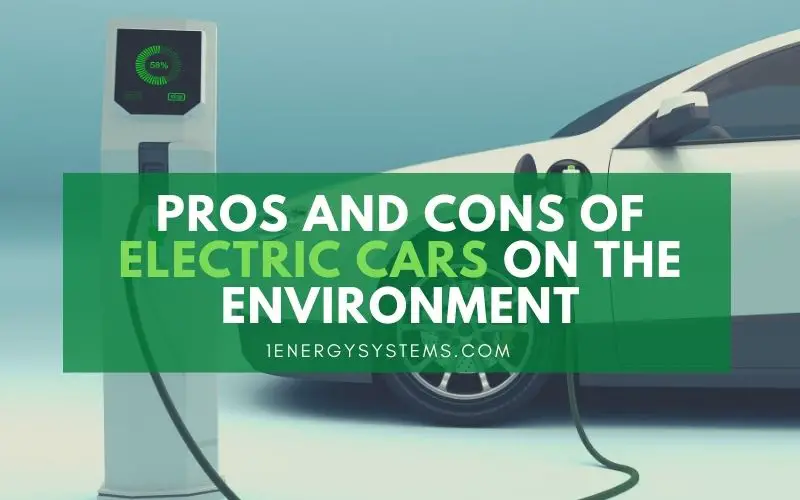
Electric vehicles have a significantly lower environmental impact compared to traditional gasoline-powered vehicles. They produce zero tailpipe emissions, reducing air pollution and greenhouse gas emissions. Furthermore, the use of renewable energy to charge electric vehicles can further minimize their carbon footprint. However, the production and disposal of electric vehicle batteries can have a negative environmental impact if not managed properly. It is essential to consider the entire lifecycle of electric vehicles to accurately assess their environmental benefits.
Environmental benefits of electric vehicles
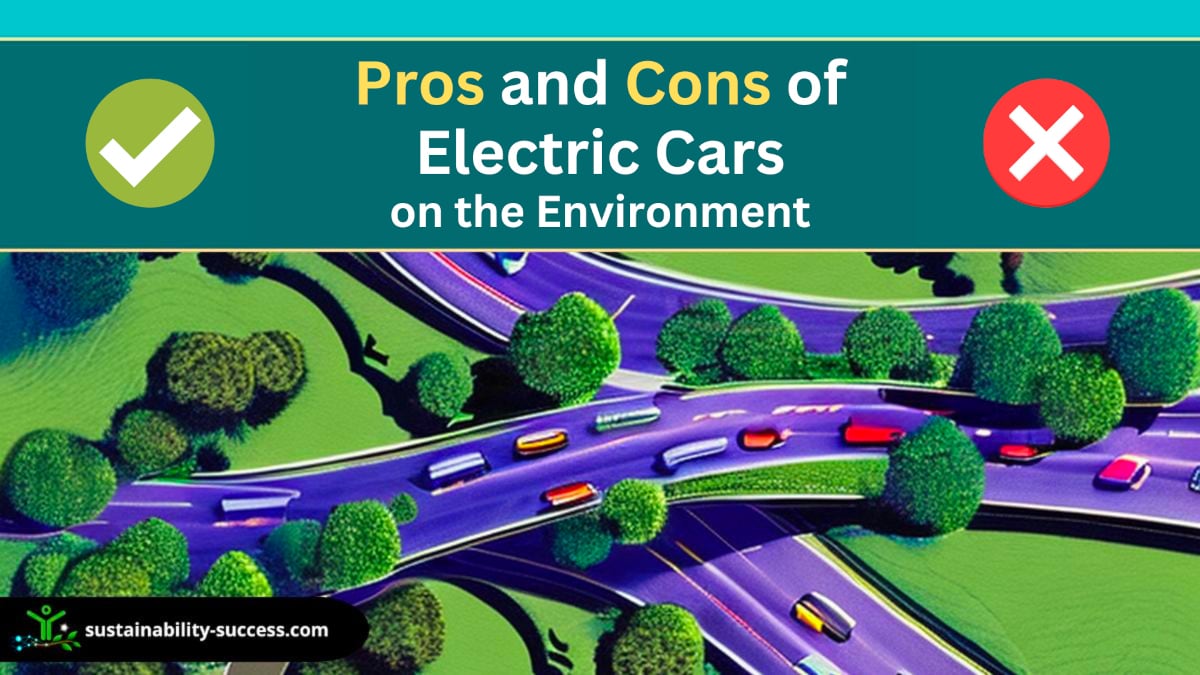
Electric vehicles offer significant environmental benefits. They produce zero tailpipe emissions, reducing air pollution and greenhouse gas emissions. Charging them with renewable energy further minimizes their carbon footprint.
Challenges in the sustainability of electric vehicles
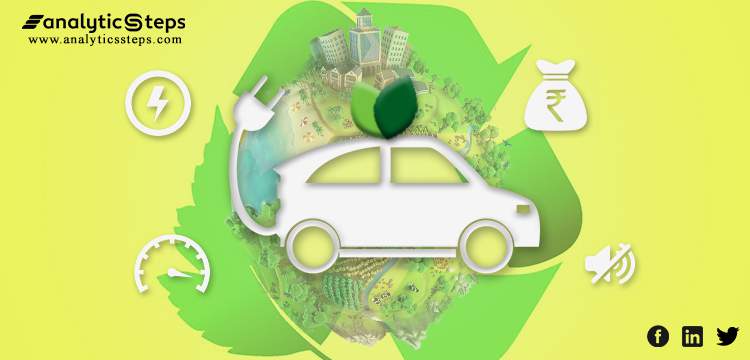
One of the challenges in the sustainability of electric vehicles is the production and disposal of battery packs, which require significant amounts of energy and resources. Additionally, the reliance on electricity from non-renewable sources can offset the environmental benefits.
Cost Comparison

When comparing the cost of electric vehicles (EVs) to traditional internal combustion engine vehicles (ICEs), it is important to consider factors such as initial cost, long-term cost savings, and available incentives.
Initial cost of electric vehicles
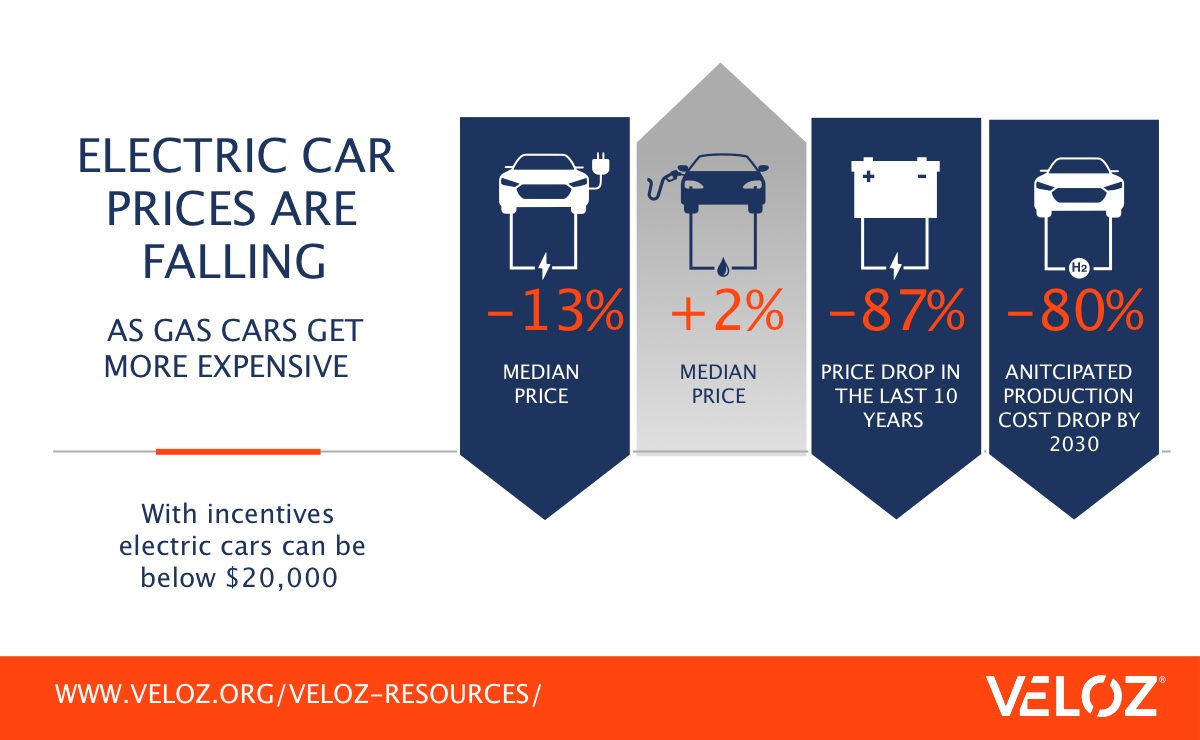
The initial cost of electric vehicles (EVs) tends to be higher than that of traditional internal combustion engine vehicles (ICEs). This is mainly due to the expensive batteries and advanced technology used in EVs. However, prices have been decreasing over the years, and with the availability of government incentives and rebates, the cost difference is gradually becoming narrower.
Long-term cost savings and incentives of electric vehicles
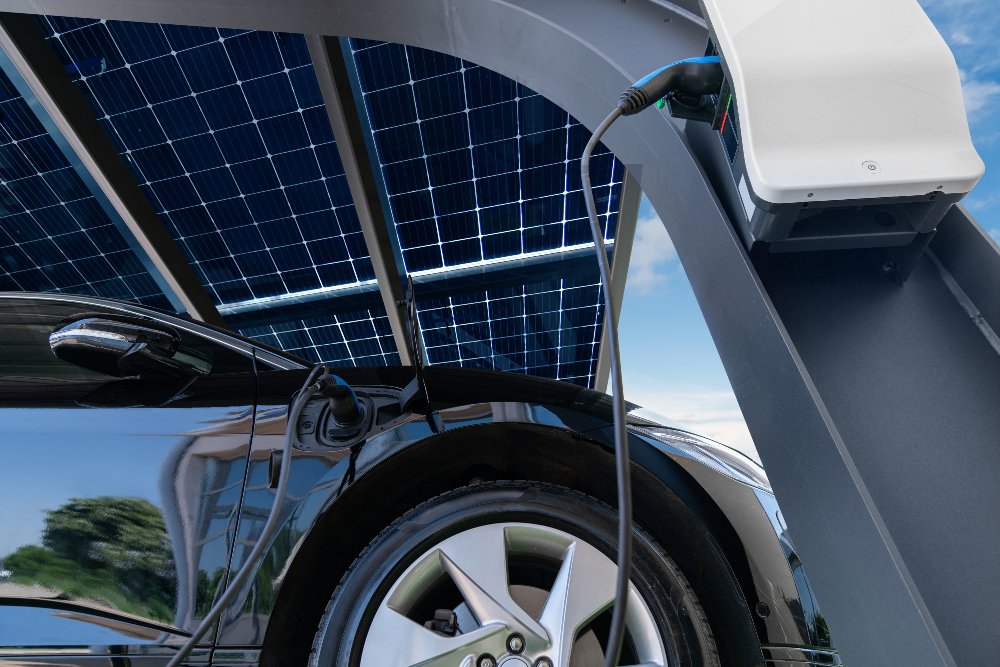
Electric vehicles (EVs) offer significant long-term cost savings compared to traditional internal combustion engine vehicles (ICEs). EV owners can save money on fuel costs, as electricity is cheaper than gasoline. Additionally, EVs require less maintenance and have fewer moving parts, resulting in lower repair and servicing expenses. Incentives, such as tax credits and rebates, are also available for EV purchases, further reducing the overall cost of ownership.
Driving Range and Charging Infrastructure

Electric vehicles have limitations in terms of driving range, with most models offering a range of around 200-300 miles on a single charge. However, advancements in charging infrastructure are making it easier and faster to recharge EVs, with the availability of more public charging stations and rapid charging options.
Range limitations of electric vehicles
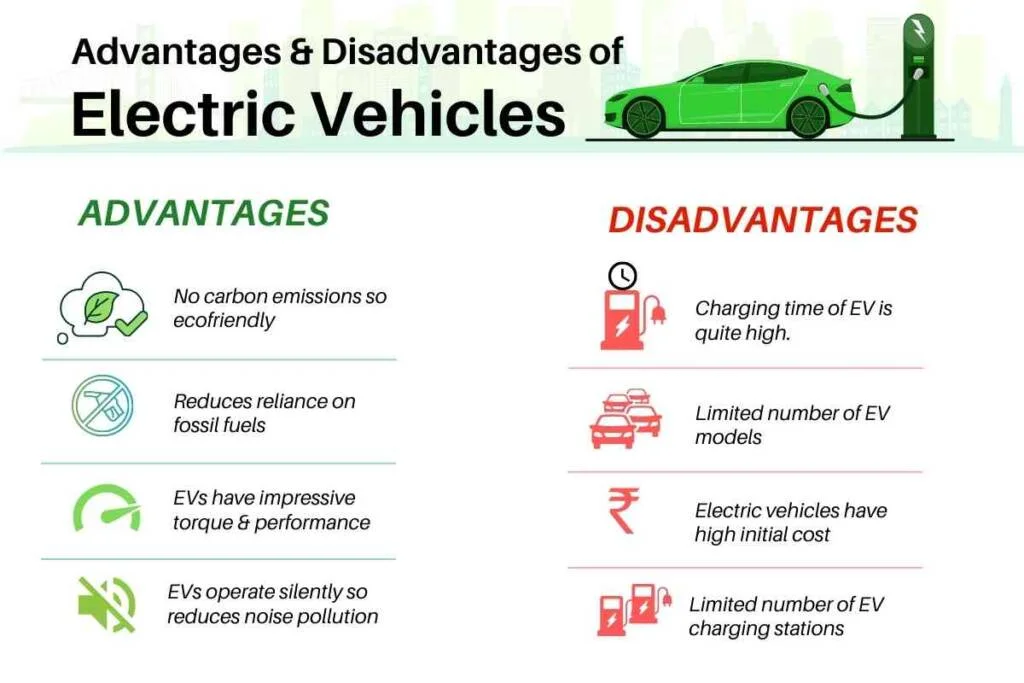
Electric vehicles have limited driving range, typically around 200-300 miles on a single charge. This range can vary depending on factors such as driving conditions, weather, and usage of other energy-consuming features.
Advancements in charging infrastructure for electric vehicles
Advancements in charging infrastructure for electric vehicles have significantly improved over the years. There has been an increase in the number of fast-charging stations, reducing charging times and providing convenience for EV owners. Additionally, technologies such as wireless charging and vehicle-to-grid integration are being explored to further enhance the charging experience for electric vehicle users. These advancements aim to address the range anxiety associated with EVs and make electric vehicle ownership a more viable and practical option for consumers.
Performance and Driving Experience

Electric vehicles offer impressive acceleration and speed capabilities due to their instant torque. They also provide a smooth and quiet driving experience, with no engine noise and vibrations. However, some drivers may miss the thrill and sound of a traditional combustion engine.
Acceleration and speed capabilities of electric vehicles

Electric vehicles offer impressive acceleration and speed capabilities due to their instant torque. With no lag time, electric vehicles can accelerate quickly and reach high speeds efficiently and smoothly, providing a thrilling driving experience.
Driving dynamics and handling of electric vehicles
Electric vehicles offer excellent driving dynamics and handling. The weight distribution of the batteries provides a lower center of gravity, resulting in enhanced stability and improved cornering. Additionally, the instant torque of electric motors allows for quick and responsive acceleration, further enhancing the overall driving experience.
Maintenance and Durability

Electric vehicles have simplified maintenance requirements compared to traditional combustion engine vehicles. With fewer moving parts and no oil changes, EVs generally have lower maintenance costs. Moreover, electric vehicle components, such as batteries and motors, are designed for durability and can have a long lifespan. As technology improves, the maintenance and durability of electric vehicles are likely to continue to improve.
Simplified maintenance requirements of electric vehicles

Electric vehicles have fewer moving parts and no need for oil changes, resulting in lower maintenance costs. As technology improves, maintenance requirements for EVs are likely to continue to be simplified.
Durability and lifespan of electric vehicle components

Electric vehicle components, such as batteries and electric motors, are designed to be durable and have a long lifespan. With proper maintenance, these components can last for several years, providing reliable performance throughout the life of the vehicle.
Conclusion
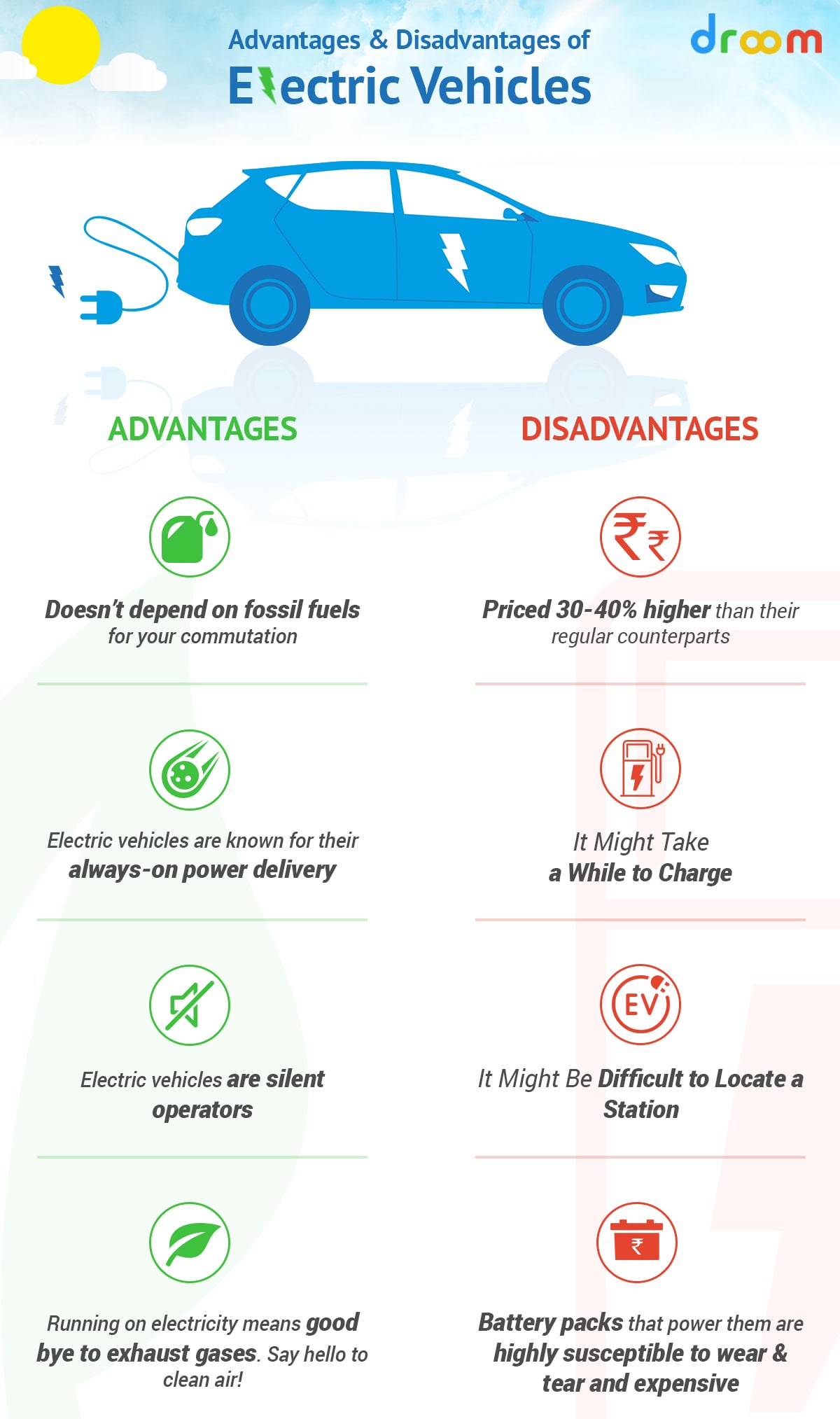
In conclusion, electric vehicles offer significant environmental benefits and cost savings in the long term. While range limitations and charging infrastructure remain challenges, advancements in technology are addressing these issues. Additionally, electric vehicles offer high performance and a simplified maintenance experience. With durability and long lifespan of their components, they are a viable and sustainable option for the future of transportation.
Summary of pros and cons of electric vehicles
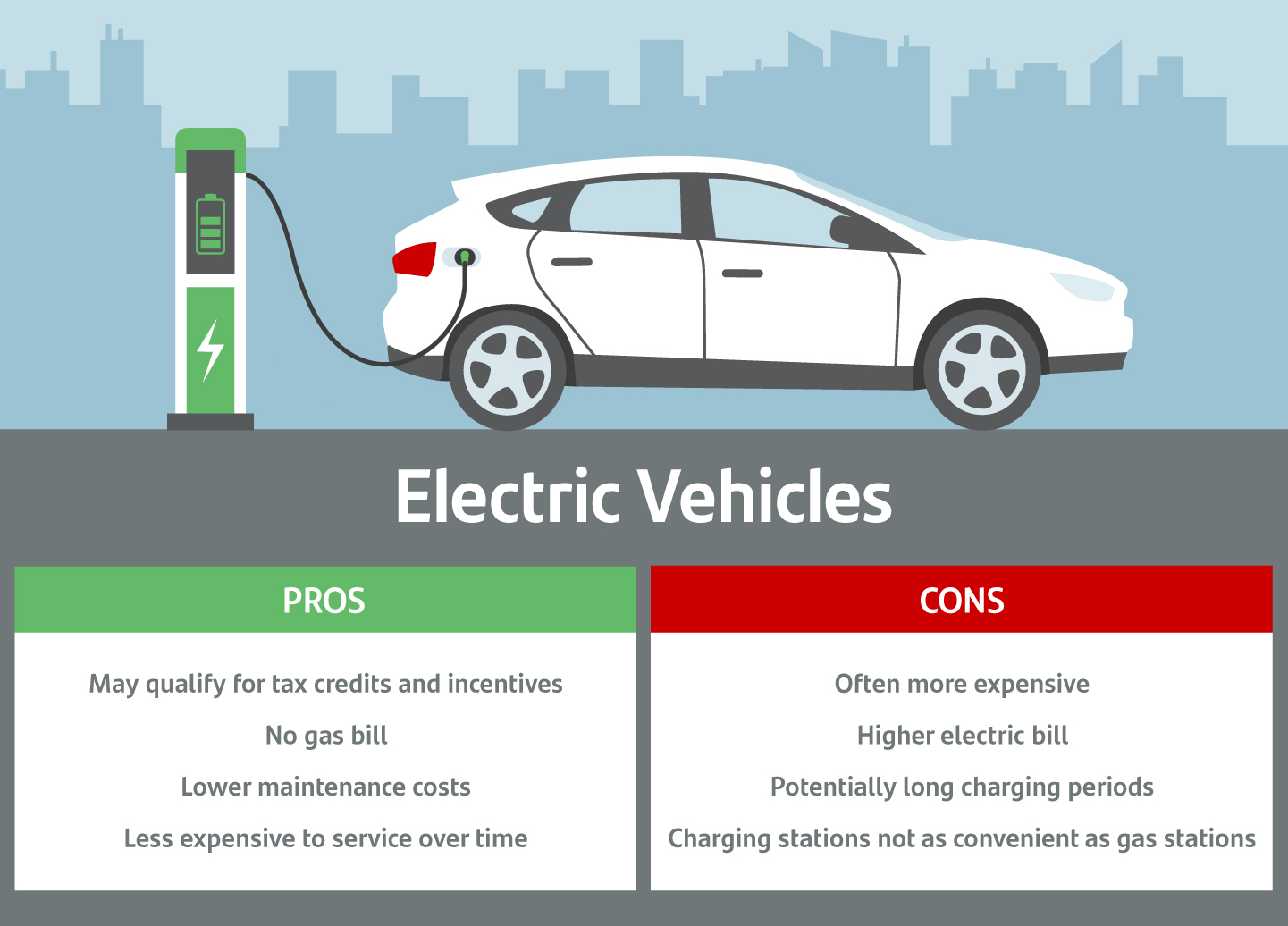
Electric vehicles offer environmental benefits, cost savings, and high performance. However, they face challenges with range limitations and charging infrastructure. Overall, they are a viable and sustainable option for the future of transportation.
Future outlook and adoption trends of electric vehicles
The future outlook for electric vehicles is promising, with increasing adoption and support from governments and automakers worldwide. The transition to electric vehicles is expected to accelerate as technology improves and charging infrastructure expands, leading to a more sustainable and widespread transportation system. Electric vehicles are anticipated to play a crucial role in reducing greenhouse gas emissions and achieving a cleaner and greener future.